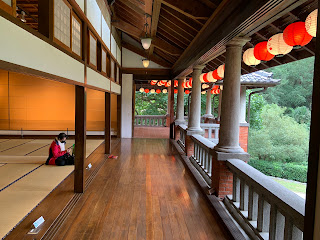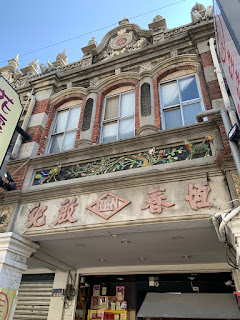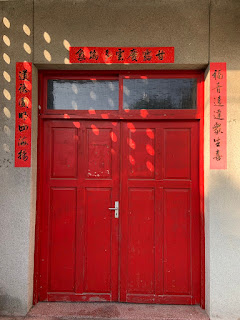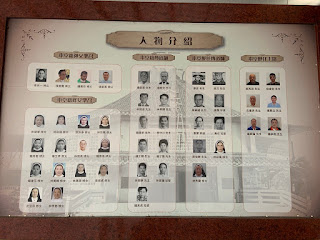I've heard some people classify Taiwanese Hokkien (hereafter Hokkien), Hakka, and Austronesian languages as local or indigenous languages, and Japanese and Mandarin as external or colonial languages. (It is interesting why English is not included in the list of colonial languages, but that is a topic for another blog post.)
So, is Hokkien really a non-colonial language?
Today, most people who have grown up in households where Hokkien is spoken identify themselves as Taiwanese or Holo.
But if we look at history, we find that there were also Teochew and Hokchiu people in pre-Japanese Taiwan. The former is remotely related to Hokkien, while the latter is a totally different language. Tamsui, the English name for the port town in northern Taiwan, is a transliteration of the Hokchiu sound. Those people assimilated into the Hokkien mainstream, abandoning their original languages.
Also, it is well-known that Pepo tribes, e.g. Ketagalan, Kavalan, Siraya, etc., have shifted linguistically from their original Austronesian languages to Hokkien.
The same kind of shift is happening right at this moment. More and more Taiwanese people are adopting Mandarin as their dominant language, through which they express their Taiwanese identity and sense of belonging. As the government is pushing forwards its Bilingual Nation 2030 (BN30) policy, there may even be a further shift from Mandarin to English several decades down the road.
So, is it fair to say that Mandarin is a colonial language in Taiwan while Hokkien is not? Well, I think it's fairer to say they both are "colonial" languages if you insist on using that term.
台湾閩南語(台湾語)や客家語、オーストロネシア諸語などを土着言語、日本語や華語(北京語)を「植民(外来)言語」と分類する人がよくいる。(なぜ英語が植民言語として槍玉に挙げられないのかが興味深いが、それは別稿に譲ることにする。)
台湾語は本当に非植民言語なのだろうか?
今日、台湾の台湾語が話される家庭で育った人はたいてい、自分が台湾人、つまりホーロー人であると考える。
しかし、歴史を紐解くと、日本統治以前の台湾にも少なからず潮州人や福州人がいたことがわかる。前者は台湾語と遠戚関係にある言語で、後者は全く異なる言語である。例えば、台湾北部の港町の英語名Tamsuiは、福州語読みである。さて、この人達は、やがてもともとの言語を放棄し、主流台湾語(ホーロー人)に同化した。
また、よく知られているように、平埔族(例えばクタガラン族・カヴァラン族・シラヤ族など)は、オーストロネシア系の言語を放棄し、主流台湾語にシフトした。
同じようなことが、今目の前で起こっている。多くの台湾人が、北京語にシフトして、その台湾化した北京語(台湾華語)を通して、台湾のアイデンティティや帰属感を語るようになっている。現在、政府は「2030年バイリンガル国家政策」を推めているが、数十年後は、同じようにシフトが今度は英語に向かって起こっているかもしれない。
そういうわけで、「台湾語は土着言語、北京語は植民言語」という考え方は成り立つのだろうか?少なくとも、「植民〇〇」という用語にこだわるのなら、「台湾語も北京語も植民言語である」と言ったほうが正しいかもしれない。















































